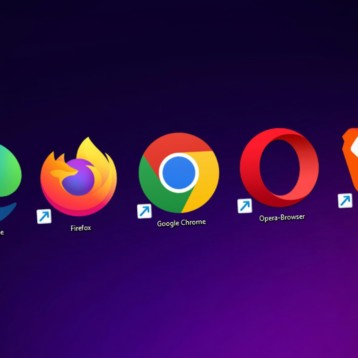
Anyone who is aware of Search Engine Optimisation (SEO) techniques will know how important it is to keep up-to-date with all of Google’s latest algorithm updates. From penalizing sites that aren’t mobile-friendly to making sure local businesses get the recognition they need in their local area, Google’s algorithms are designed to improve the user experience. In the future, it’s been suggested that algorithms may become aware of the duplicate content and penalize websites for featuring it. Using a plagiarism checker is a good place to start, but understanding exactly how algorithms are changing to identify duplicate content will help you.
Why Is Duplicate Content Important?
Duplicate content is pretty common across the internet. In fact, a mind-blowing 29% of the web is estimated to be duplicated! Essentially, duplicate content is content which appears in exactly the same form on multiple website addresses. Duplicate content tends to refer to non-maliciously copied content, as opposed to directly plagiarised content.
At the moment, duplicate content is not penalized by Google’s algorithms directly but it can have an impact on your website’s search engine rankings. This is because it’s hard for search engines to know which version of the duplicate content is more relevant to the search terms. Google rarely wants to show the same piece of information twice, so site owners may find that their website is not receiving the traffic they expect or require for their business to grow.
Google’s Approach to Duplicate Content
As we know, Google prefers content that’s of a high quality and is informative for the user. They want to see a diverse range of search results, not the same information repeated over and over again, which is why duplicate content won’t typically be shown in search results.
There are currently algorithms in place which stop duplicate content from affecting webmasters by grouping various versions of content into a cluster. Only the best URL will be displayed, meaning that duplicated pages- such as those created by printer friendly pages- won’t be shown. Google’s algorithm always tries to determine the original source of the content but it’s not always successful, this means that sometimes a less helpful page which has duplicated content can be displayed instead of the high-quality original.
In general, it’s best to make sure that every page on your website has something different on it and ensure that your content is as original as possible. Even if you decided to create some content and copy it onto every page on your website, it’s best not to block the duplicate pages from Google’s bots. Doing this will prevent them from being able to crawl your site, which will stop the bots from identifying that this content comes from the same source originally and hasn’t been plagiarised. Remember, if you feel that someone has duplicated your content without permission, you can put in a request to have it removed under the Digital Millennium Copyright Act.
The Future
Each new Google algorithm update is proof that the search engine is getting smarter. In the future, it’s likely that Google will be able to better identify what is maliciously copied content and what is merely coincidental duplicate content. For now, the best steps to take to secure your search engine rankings include creating original content on every webpage. Check this plagiarism checker online free.







![10 Top Game Sites Not Blocked By School [2024 Updated]](https://thefutureofthings.com/wp-content/uploads/2024/10/image-25-358x358.png)


